On Camera Flash vs Studio Lights
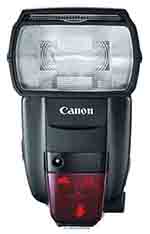
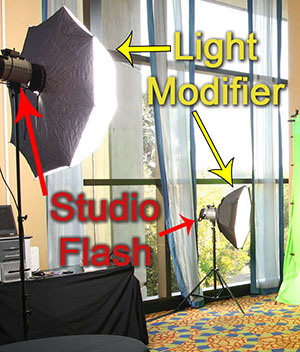
Light Modifiers
Ink Jet printer vs Dye Sub Printers
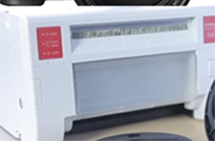
Camera Wi-Fi – Tethered Camera – Camera Card Swap
Camera Wi-Fi. A professional camera usually has the ability to purchase an accessory from the manufacturer (such as Canon’s WFT units) allowing images to transfer wirelessly to a computer immediately after the image has been taken. At a professional photo station this allows the attendee to be photographed, the image corrected in the computer, an overlay and/or background added, and a photograph produced in about 45 seconds.
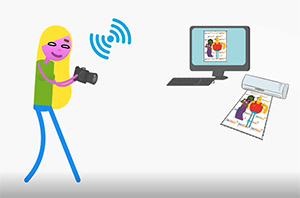
Digital Green Screens® Background vs. Generic Green Screen (Chroma Key)

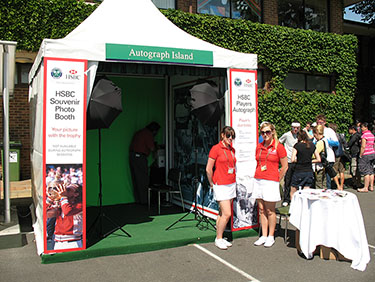
As with any professional equipment used to obtain quality results, Digital Green® is expensive compared to generic green screens (chroma Key green). Why are generic screens used; because generic green screens are Inexpensive/cheap. Usually dyed onto inferior materials that can wrinkle (casting unwanted shadows),
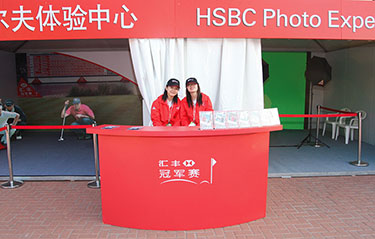
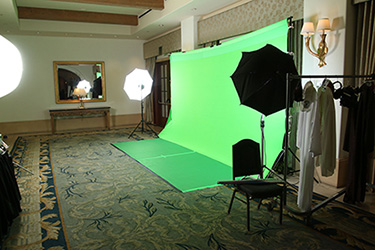
Quality of studio lighting, knowing how to light a green correctly, using the correct Digital Green® screen are some of the keys to a successful, Hollywood Quality green screen event.
Custom Folders vs Here’s Your Print
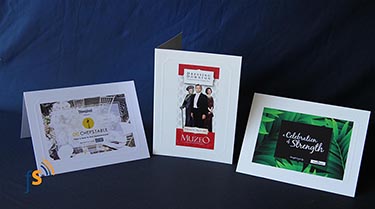
At the end of the line at a typical slow photo booth (think 3,2,1, smile), producing up to 20 prints an hour, guests are usually handed their 2×4” strip of prints. Using a professional photo station, hundreds of prints can be produced each hour. When the photographs exit the dye-sub printer, it should be placed into a folder.
RAW vs JPG
A photograph taken in “RAW” format captures all the information; it is minimally processed. Raw image files allow the photographer full use of the editing tools in a program like photoshop. The photographer can lower highlights, such as a bright white shirt. Lighten only the dark shadow areas in the background of a photograph, (think ball room or convention hall), sharpen the edges of the subject, work with the mixed lighting of a hall (daylight, florescent, halogen, etc.)
It’s more work for the photographer, so some prefer not to. But Raw should be used in candid event photography when there is time to edit the photographs. Why – Because using on camera flash in event photography is not always perfect. Photographing in RAW allows the photographer to make each image look their best, highlights, contrast, the foreground & background.
Professional cameras allow you to select Large, Medium & small raw files. No need to use a large 50mb file when producing a 4×6 print, use a small Raw file.
A “JPG” image file is a compressed file with minimal information. A processed RAW image file saved as a jpg file, is perfect. A jpg image file can be edited, but minimally. JPG image files have their place at an event. A professional photo station setup with studio lights is the perfect example. A photographer sets up the lighting, and camera perfectly before the event. When the images are taken, each one is just right. This allows for quick processing, adding an overlay, with immediate onsite printing. This workflow will allow a picture to be take, transferred to a computer, overlay added, and a 4×6” print produced in about 45 seconds.
Doug Carraway – President e-mail – doug@fotoShout.com
Paul Pabian – Sales e-mail – Paul@fotoShout.com
1592 N. Batavia St. – Bldg. 1 Orange, CA. 92867
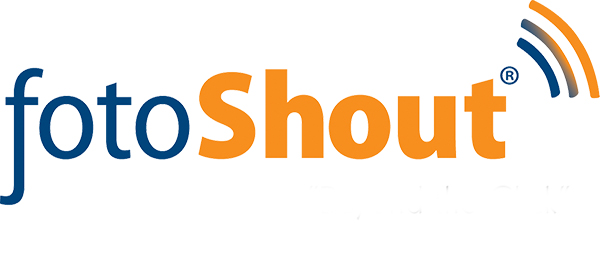
Recent Comments